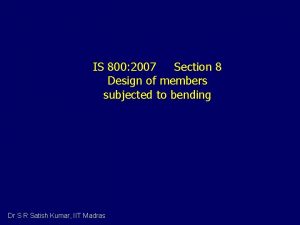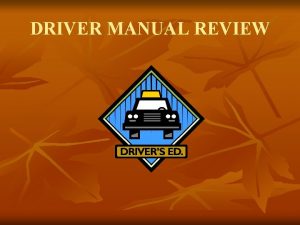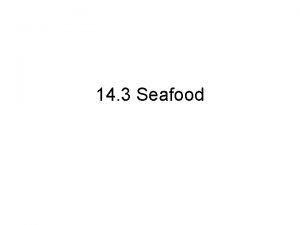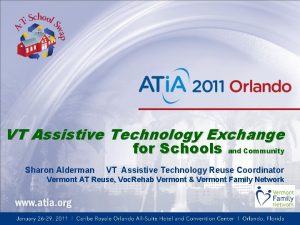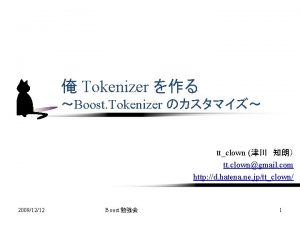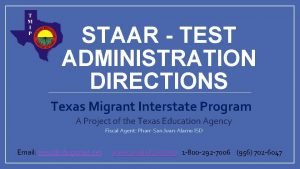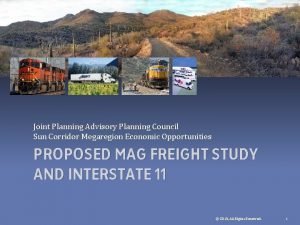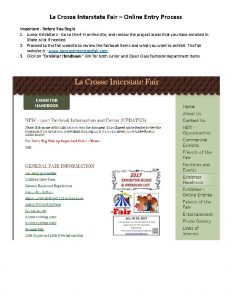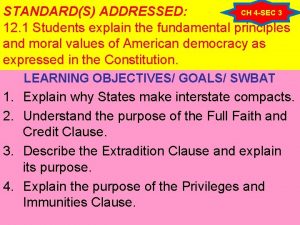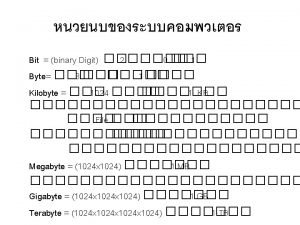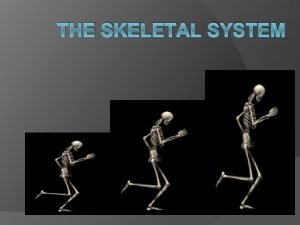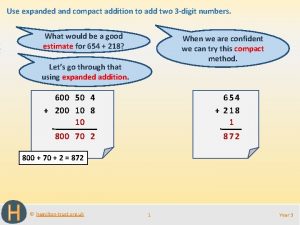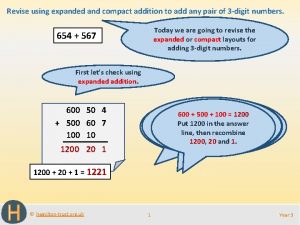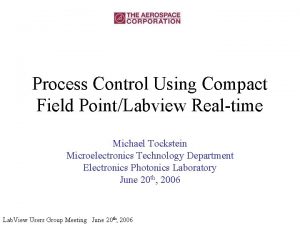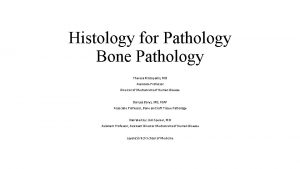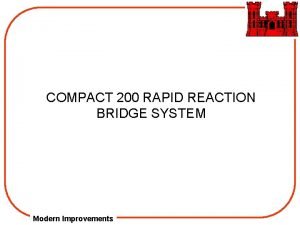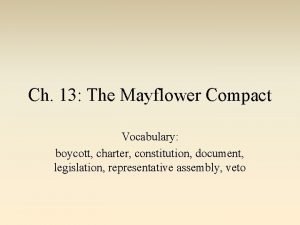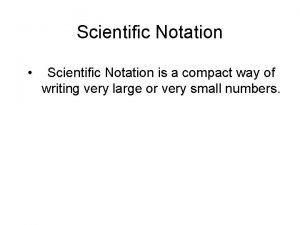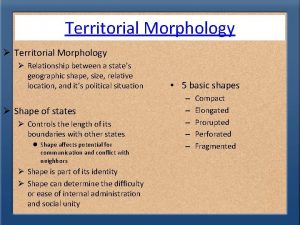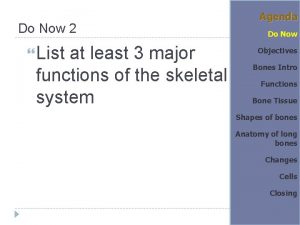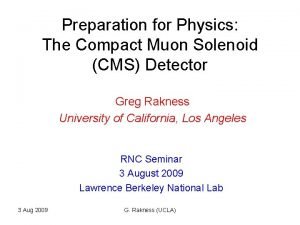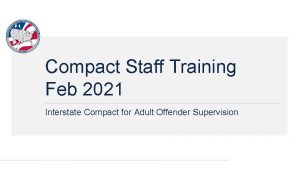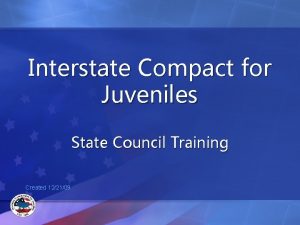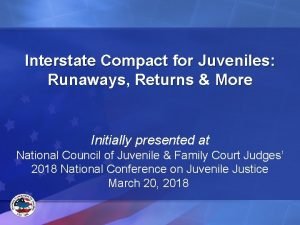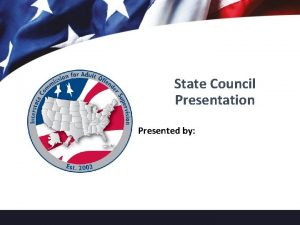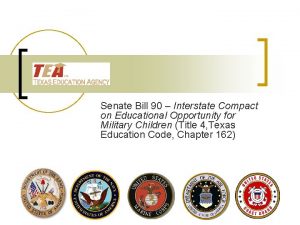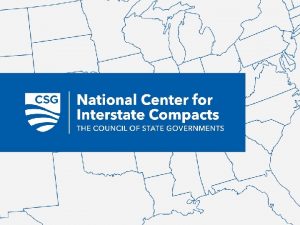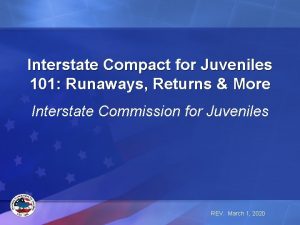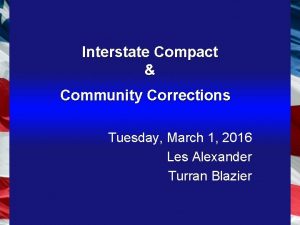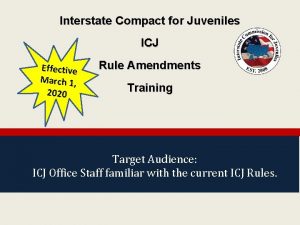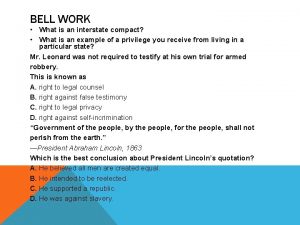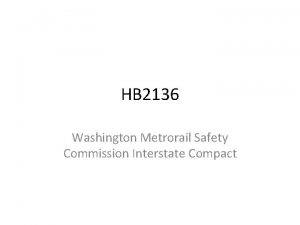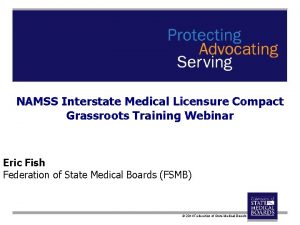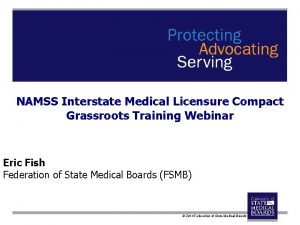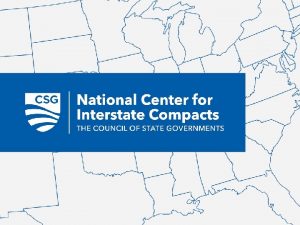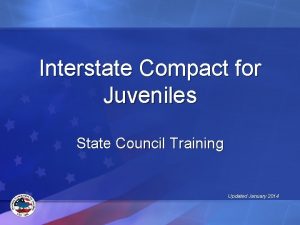WHAT IS AN INTERSTATE COMPACT 2 WHAT IS



































- Slides: 35


WHAT IS AN INTERSTATE COMPACT? 2

WHAT IS AN INTERSTATE COMPACT? Ø Simple, versatile and proven tool Ø Effective means of cooperatively addressing common problems Ø Allows states to respond to national priorities with one voice Ø Retains collective state sovereignty over issues belonging to the states 3

THREE PRIMARY USES 1. Used to resolve boundary disputes. 2. Used to manage shared natural resources. 3. Used to create administrative agencies which have jurisdiction over a wide variety of state concerns: ü ü ü ü State transportation Taxation Environmental matters Regulation Education Corrections Public safety Occupational Licensure 4

EVOLVING COMPACT LANDSCAPE Ø Threat of a federally mandated solution Ø Advances in technology Ø Increasingly mobile world Ø Distrust of federal government Ø Proven track record 5

CONGRESSIONAL CONSENT Compacts between States are authorized under Art. I, Sec. 10, Cl. 3 of the U. S. Constitution: No State shall, without the Consent of Congress. . . enter into any Agreement Compact with another State. . . “ U. S. Supreme Court holds, in effect, that “any” doesn’t mean “all” and consent isn’t required unless the compact infringes on the federal supremacy. [See U. S. Steel Corp. v. Multi-State Tax Commission, 434 U. S. 452 (1978)] 6

COMPACTS TODAY STATE-BY-STATE INTERSTATE COMPACT MEMBERSHIP > 21 (Includes the District of Columbia) 21– 30 31 -40 7

COMPACTS TODAY Ø Approximately 215 active compacts Ø Precedence for international participation Ø On average states are members of about 25 compacts Ø Port Authority of NY & NJ (1922) signaled a new era in regulatory compacts 8

BENEFITS OF THE INTERSTATE COMPACT 9

INTERSTATE COMPACTS – KEY BENEFITS 1. Effectiveness and efficiency • 2. Economies of scale Flexibility and autonomy compared to national policy • “One size does not fit all” 3. Dispute resolution among the states 4. State and federal partnership 5. Cooperative behaviors leading to “win-win” situations 10

INTERSTATE COMPACTS – OTHER BENEFITS 1. Agreement on Uniform Licensure Requirements 2. A data system adequate to allow electronic processing of interstate licensure 3. Disciplinary issues related to interstate licensure 4. FBI Fingerprint Based Criminal Background Checks 5. Compact governance issues: I. II. Legal status of interstate compact governing agency Rulemaking and other authority 11

INTERSTATE COMPACTS – OPERATIONAL BENEFITS Ø National data & information sharing systems Ø Uniform compact language and rules Ø Proven governance structures Ø National interface with external stakeholders & national organizations Ø Coordination with other interstate compacts Ø National office and staff (if necessary) 12

DEVELOPING AN INTERSTATE COMPACT 13

INTERSTATE COMPACTS—DEVELOPMENT Phase I Development ADVISORY GROUP Ø Composed of approx. 20 state officials, stakeholders and issue experts Ø Examines issues, current policy, best practices and alternative structures Ø Establishes recommendations as to the content of an interstate compact Phase II Education and Enactment Ø Ø Ø EDUCATION Develop comprehensive legislative resource kit Develop informational internet site with state-by-state tracking and support documents Convene “National Briefing” to educate legislators and key state officials DRAFTING TEAM Ø Composed of 5 to 8 state officials, stakeholders, and issue experts Ø Crafts compact based on recommendations Ø Circulates draft compact to states and stakeholder groups for comment Ø Ø FINAL PRODUCT Ø Drafting team considers comments and incorporates into compact Ø Final product sent to advisory group Ø Released to states for consideration STATE ENACTMENTS Ø Track and support state enactments Ø Prepare for transition and implementation of compact Ø Provide requested support as needed Ø STATE SUPPORT Develop network of “champions” Provide on-site technical support and assistance Provide informational testimony to legislative committees Phase III Transition and Operation TRANSITION Ø Enactment threshold met Ø State notification Ø Interim Executive Board appointed Ø Interim Committee’s established Ø Convene first Compact meeting Ø Information system development (standards, security, vendors) OPERATION Ø Ongoing state control and governance Ø Staff support Ø Annual assessment, if necessary Ø Annual business meeting Ø Information system oversight (maintenance, security, training, etc. ) Ø Long-term enhancements / up-grades 14

INTERSTATE COMPACT GOVERNANCE 15

COMPACT COMMISSION Ø Forms when the threshold of jurisdictions pass compact legislation Ø Is typically a quasi-governmental entity Ø Supra-state, sub-federal nature Ø May hire staff and determine physical presence 16

TYPICAL COMPACT GOVERNANCE STRUCTURE Interstate Commission Executive Committee Executive Director Staff 17

INTERSTATE COMPACTS TYPICAL GOVERNANCE STRUCTURE Ø The commission is comprised of voting representatives from each member state and is responsible for key decisions with respect to the compact. Ø The commission can form committees, including an executive committee that is responsible for making day-to-day decisions. Ø Compact commissions are frequently granted the authority to hire staff, which is responsible for implementing the policies and procedures established by the commission Ø Commissions serve agencies of the member states and are tasked with acting on their behalf and not on the behalf of particular groups or organizations. 18

HEALTH CARE LICENSE RECIPROCITY 19

NOTABLE MEDICAL AND LICENSURE COMPACTS Ø Ø Ø Ø Nurse Licensure Compact – 25 states (expired) Enhanced Nurse Licensure Compact – 26 states (25) Compact on Mental Health – 45 states Emergency Management Assistance Compact – 50 states EMS Licensure Compact (REPLICA) – 12 states (10) Medical Licensure Compact – 22 states (7) Physical Therapy Compact – 14 states (10) Psy. Pact – 3 states (7 state threshold) 20

WHY HEALTH CARE LICENSE RECIPROCITY? Ø Mobile society (patients and practitioners) Ø Technological advancements Ø Rising population Ø Deficit of health care professionals, especially serving rural areas Ø Practical advancement for current and future generations of practitioners 21

HEALTH CARE LICENSE RECIPROCITY SIMILAR PARAMETERS Ø Increase public access to health care services Ø Enhance the states’ ability to protect the public’s health and safety Ø Support of spouses of relocating military members Ø Enhance the exchange of licensure, investigatory, and disciplinary information between member states 22

HEALTH CARE LICENSE RECIPROCITY SIMILAR PARAMETERS-DEFINITIONS COMPACT COMMISSION Administrative body whose membership consists of all states that have enacted the Compact HOME STATE The member state that is the licensee’s primary state of residence. 23

HEALTH CARE LICENSE RECIPROCITY SIMILAR PARAMETERS-DEFINITIONS Remote/Practice State A member state other than the home state, where a licensee is seeking to practice. Member State A state that is participating in the compact 24

HEALTH CARE LICENSURE COMPACTS F. A. Q. 25

HEALTH CARE LICENSURE COMPACTS F. A. Q. Myth 1: Interstate compacts are a takeover of state licensing 26

HEALTH CARE LICENSE RECIPROCITY Fact: Compacts are not a takeover of state licensing; But… May serve as a way to preserve state control over health professional licensure and minimize/preempt federal intervention. 27

HEALTH CARE LICENSE RECIPROCITY Compacts are a State-based approach to multi-state licensure that uses a vehicle for interstate collaboration that is provided for in the U. S. Constitution. Ø State licensure processes remain in place Ø Licensees voluntarily become part of a Compact Ø State practice acts are not impacted 28

HEALTH CARE LICENSURE COMPACTS F. A. Q. Myth 2: Interstate compacts are owned or controlled by an outside organization. 29

HEALTH CARE LICENSE RECIPROCITY Fact: Compacts are not owned or controlled by any organization and are governed by a statutorily created governing ‘infrastructure’ as determined by the member states through the terms of the compact. 30

HEALTH CARE LICENSE RECIPROCITY Compacts are an instrument of interstate cooperation governed by appointed representatives of the adopting states. Commission members are appointed by and represent the member state. 31

HEALTH CARE LICENSURE COMPACTS F. A. Q. MYTH 3: Commission rules and bylaws thwart state sovereignty. 32

HEALTH CARE LICENSE RECIPROCITY Fact: Rules written by compact commission apply only to the specific compact procedures implementing the interstate extension of member state authority across state lines. . 33

HEALTH CARE LICENSE RECIPROCITY Ø Rules do not change the state practice act Ø Rules are specific to the implementation of the Compact’s extension of professional licensure across state lines Ø Each Member State has a seat at the table to craft rules, bylaws, and other administrative functions of the compact 34

CONTACT INFORMATION Dan Logsdon Manager CSG’s National Center for Interstate Compacts dlogsdon@csg. org Visit CSG’s National Center for Interstate Compacts online at: www. csg. org/ncic 35
 Plastic compact semi compact slender
Plastic compact semi compact slender Alabama driver manual
Alabama driver manual Abram interstate insurance
Abram interstate insurance Which organization monitors interstate fish shipments?
Which organization monitors interstate fish shipments? Chapter 4 section 3 interstate relations answer key
Chapter 4 section 3 interstate relations answer key Intrastate vs interstate
Intrastate vs interstate New mexico interstate stream commission
New mexico interstate stream commission Interstate resources
Interstate resources 津川知朗
津川知朗 Staar test directions
Staar test directions What is the proposed route for interstate 11
What is the proposed route for interstate 11 La crosse county fair
La crosse county fair Local state us and interstate route signs
Local state us and interstate route signs Chapter 4 section 3 interstate relations answer key
Chapter 4 section 3 interstate relations answer key Compact disc read only memory
Compact disc read only memory Mayflower compact timeline
Mayflower compact timeline Made almost entirely of compact bone
Made almost entirely of compact bone Compact addition
Compact addition Mckasky
Mckasky Compact addition
Compact addition Backplane for compact fieldpoint
Backplane for compact fieldpoint Compact bone and spongy bone
Compact bone and spongy bone Mabey compact 200
Mabey compact 200 Mayflower compact vocabulary
Mayflower compact vocabulary Volume maille hexagonale compacte
Volume maille hexagonale compacte Scientific notation
Scientific notation Mayflower compact significance
Mayflower compact significance Compact states definition
Compact states definition Celule osteoprogenitoare
Celule osteoprogenitoare Compact bone tissue slide
Compact bone tissue slide People really hate elephants on compact cars
People really hate elephants on compact cars Short bone diagram
Short bone diagram Aggregating local image descriptors into compact codes
Aggregating local image descriptors into compact codes Cms compact muon solenoid
Cms compact muon solenoid Magna carta and english bill of rights
Magna carta and english bill of rights Compact performer culture and literature
Compact performer culture and literature
